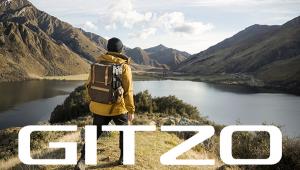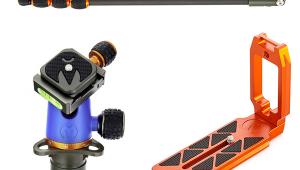What Type of Tripod Should I Buy? Buying Advice: How to Buy a Tripod
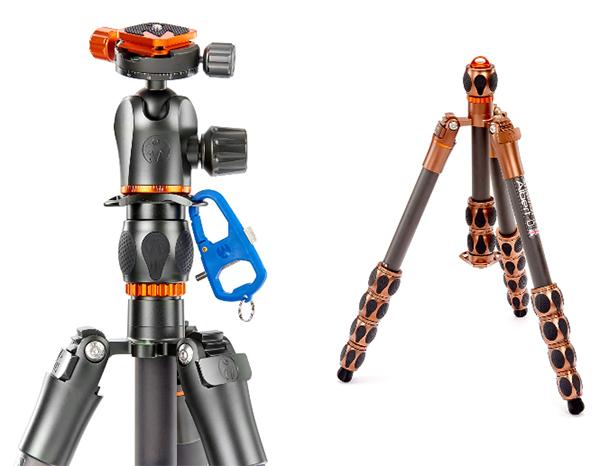
You need a tripod. If you shoot video, panoramas, fireworks, time exposures, selfies or macro work in addition to general picture taking, you may even need two tripods. Selecting a tripod that matches the way you work is important, and not at all difficult if you approach it in the right way.
The Granddaddy of all Image Stabilization systems is on the floor at your favorite camera shop right now, waiting for rediscovery. The technology has been around for centuries and has been intertwined with photography since the beginning. It’s the one tool we all should use more often, because it’s the only accessory that will improve nearly 100% of our images.
I hear ya, your camera has IS built in. To me, the fact that image stabilization in cameras and lenses is so popular is proof positive that you need a tripod.
Don’t get me wrong—I’m not putting IS down. It’s a great and tremendous aid in many and sundry situations. But not all situations.
Let’s Break it all Down
There are many different kinds of tripods, so it’s easier to wrap our minds around them if we divide them into five basic groups: Pocket, Tabletop, Portable, Medium Duty and Sturdy Duty/Studio. The category names suggest their primary application. Photographers who mainly shoot wildlife, for example, should consider Portable models, but shouldn’t overlook the other styles.

Pocket tripods slip easily into a bag or purse and are very handy at restaurants, the zoo, mountain climbing and other places where you may not want to lug something bigger. They support the weight of a compact digital camera and can be a real lifesaver when you’re trying to shoot an impromptu family group picture or selfie. If the Pocket model is short and sturdy enough, it might support a mirrorless SLR, but be careful not to overload it. In all cases, look for one that has some sort of adjustable head, even if it’s basic.
Table Top tripods are excellent for macro shots, group pictures and other situations where the camera can be positioned on a flat surface other than the ground. They’re light and small and easy to pack so they are perfect for travel. In some situations, like when you’re trying to shoot close-ups of an aquarium, they’re better than a full-size tripod because they can be positioned on the table close to the tank. Many photographers press the adjusted legs of a smaller tripod against their chest to gain additional stability—sort of like a skeletonized shoulder stock.

Portable tripods are great for hiking, biking and that casual flight on a SpaceX Falcon 9 rocket. They are so light and easy to carry you won’t regret lugging one along. All will support a digital (or film) SLR, but use caution if you use a long zoom or heavy telephoto, especially if it’s front heavy. They come up a bit short in the height extension area, but the trade-off is fabulous portability. Often they can be lashed to the bottom of a backpack or gadget bag for easy transport. I keep one in my car trunk at all times.
Medium Duty tripods fill the gap between the lightweight portables and the heavyweight Studio tripods. This category has many attractive models available. They’re a great choice for video cameras because they are extremely stable and most accept a pan head. You’ll find all sorts of configurations with and without sophisticated ball heads, fluid heads, pan heads and so forth. If you prize light weight yet need a sturdy platform, look into the models that have carbon fiber legs. They combine the best of both worlds, and although they’re worth it, they tend to be a bit more expensive.
Sturdy Duty/Studio tripods are just that. They are big, sometimes nearly immovable and almost always used with a specialized head. This is the domain of professional photographers who generally buy a specific type of tripod to fit a specific need.
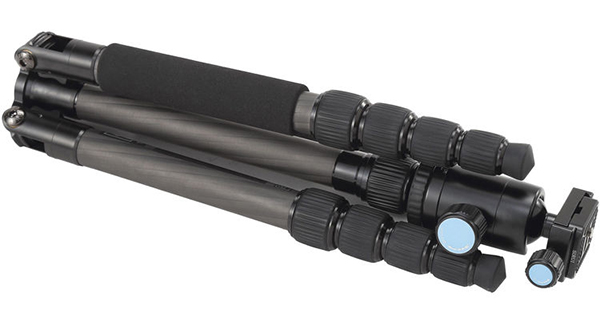
Common Characteristics
There are eight characteristics common to all tripods. The matrix below indicates the specifications and materials most often associated with each particular type of tripod. These are offered as guidelines, not a hard-and-fast rule. For instance, most Medium Duty tripods extend to a length between 48 and 60 inches, but there are exceptions to be found on both ends of the scale.
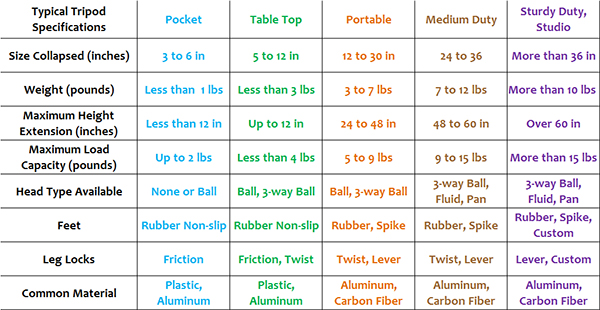
Also please note that the Maximum Load Capacity figure is an approximation. If you’re slinging heavy gear, read the tripod specs or check the manufacturer’s website. Many people are unaware how much their camera-plus-lens combination weighs. That’s where to start.
Image Stabilization—On or Off When Using a Tripod?
Your natural inclination may be to think that if one stabilizing system is good, two must be better. Right? Wrong. Nearly all manufacturers say, “Turn it off.” If you’re still in doubt, try it for yourself and examine the results. Most anti-shake methods get confused by the rock-steady condition that’s created by a tripod and try to compensate for the lack of movement, producing unsharpness in the process. Go figure.
Sometimes the tripod head is part of the tripod, and sometimes it’s sold with the tripod as a package. Even when they are sold separately, most manufacturers recommend which pieces work best when combined. For general use, the most common is the three-way ball head which allows pans, tilts and rotation on vertical and horizontal axes.
Other Popular Features
Not shown on this chart—because there’s an endless array of variations—are the special features some tripods offer. Some have reversible center posts that allow you to position the camera quite close to the ground. Others have slip-joints that enable each leg to be extended at a different angle. Some provide hooks from which you can hang a bag full of sand for additional stability on a windy day. After you find a model that seems to meet your needs, check out the additional features.
Don’t underestimate the importance of the tripod feet. They’re usually rounded rubber with retractable spikes for gripping outdoor surfaces. Tip: if you’re working in mud, use duct tape to secure a crutch tip (available at many pharmacies) over the foot to prevent debris from infiltrating the mechanism.
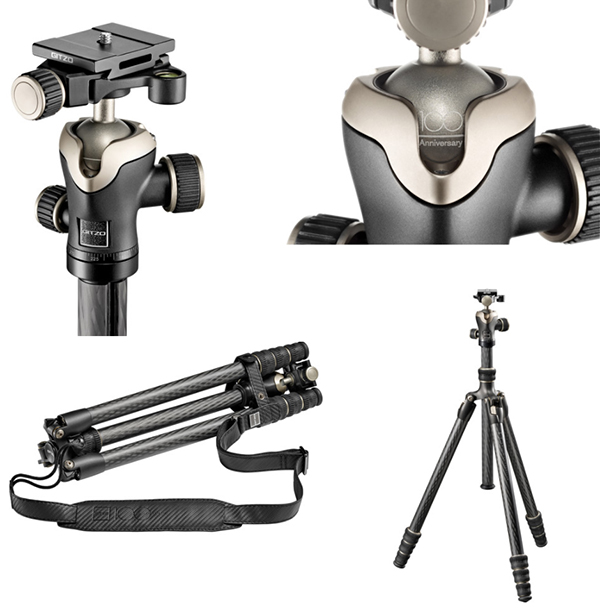
Materials Matter
Check the materials used for all parts of the tripod, not just the legs. The spider, or hub where the legs attach, can be aluminum or hybrid synthetic. More expensive models use magnesium alloy or other light-weight metals. Confirm that adjustment knobs and handle arms are durable and well made. And look for the little extras. Many tripods come with a case, and some models feature a spirit-type bubble level that many find indispensable.
Finally, of course, there’s the matter of price. Don’t let the price be your only guide. A good tripod will last you a lifetime but a cheap, clunky one will end up in the garbage or at a garage sale.
—Jon Sienkiewicz








